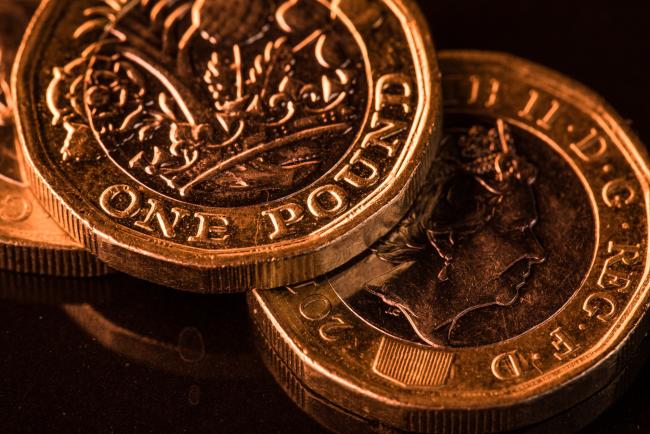(Bloomberg) -- The pound will tumble to levels not seen since 2017 against the euro as Brexit turmoil outweighs a dovish European Central Bank, according to analysts.
Sterling is likely to slide toward 92 pence per euro by year-end, about 3% below current levels and a rate not seen in 21 months, according to JPMorgan Chase & Co (NYSE:JPM). That pessimism toward the currency is starting to be priced in the options market, where the cost of puts relative to calls is approaching the highest since April.
The pound has slumped against the euro this quarter as the risks to Britain’s currency from the contest to replace U.K. Prime Minister Theresa May and October’s Brexit deadline mount. The slide reflects investors’ skepticism about the Bank of England’s stance that rates may have to rise if the economy develops in line with its forecasts. With momentum slowing around the world, markets are, in fact, pricing in the chance of a BOE rate cut next year.
“The pound still has more downside to it,” said Timothy Graf, head of EMEA macro strategy for Europe at State Street (NYSE:STT) Bank & Trust. “The BOE has been talking way too upbeat a game given every other central bank in the world except Norway is talking about easier policy.”
Sterling has weakened about 4% since the start of April and traded around 89.50 pence per euro Monday. Six-month euro-sterling risk reversals, a measure of market sentiment and positioning, have moved increasingly in favor of the common currency since early May, suggesting investors are betting on further gains.
This environment means sterling shorts versus the euro will likely continue to build, according to Jeremy Stretch, head of Group-of-10 currency strategy at Canadian Imperial Bank of Commerce. He sees the pound weakening to 91.50 pence per euro by the fourth quarter.
